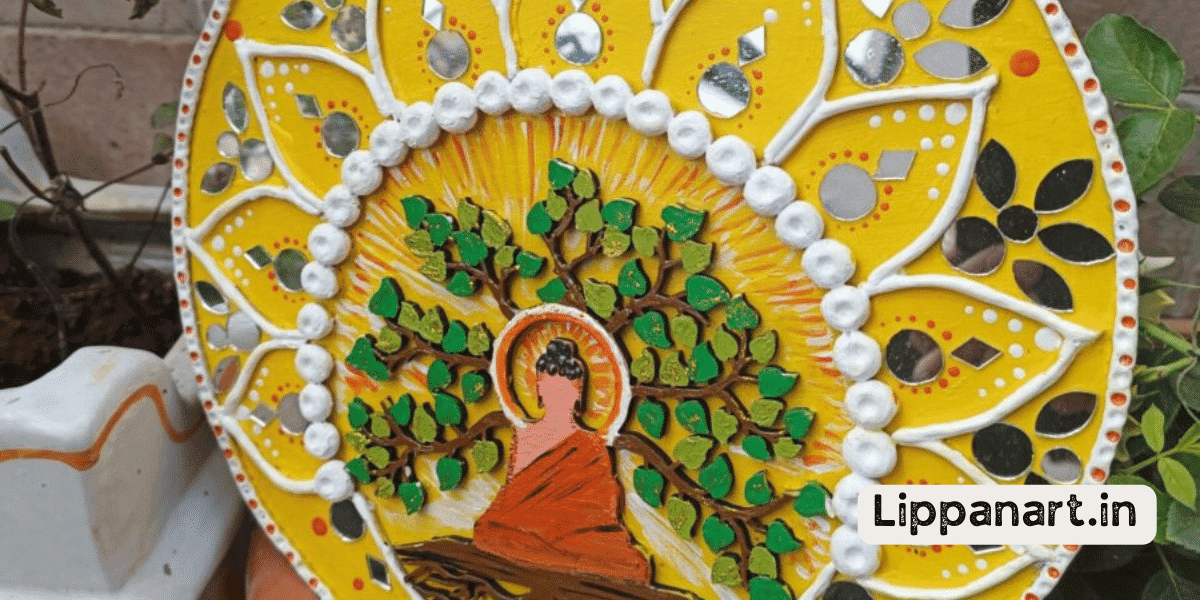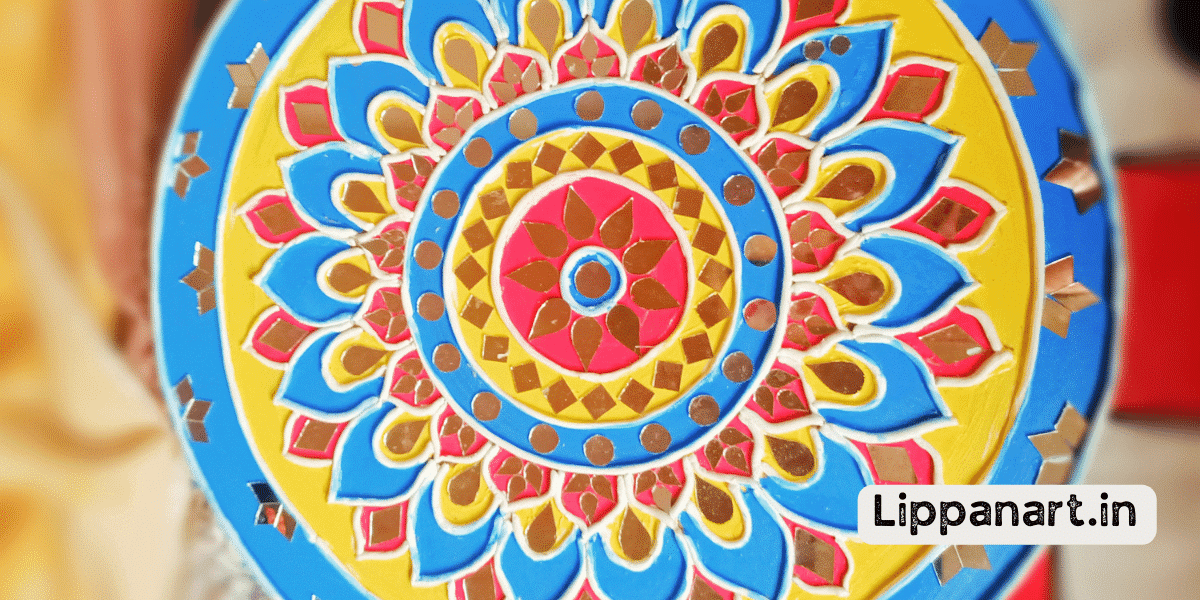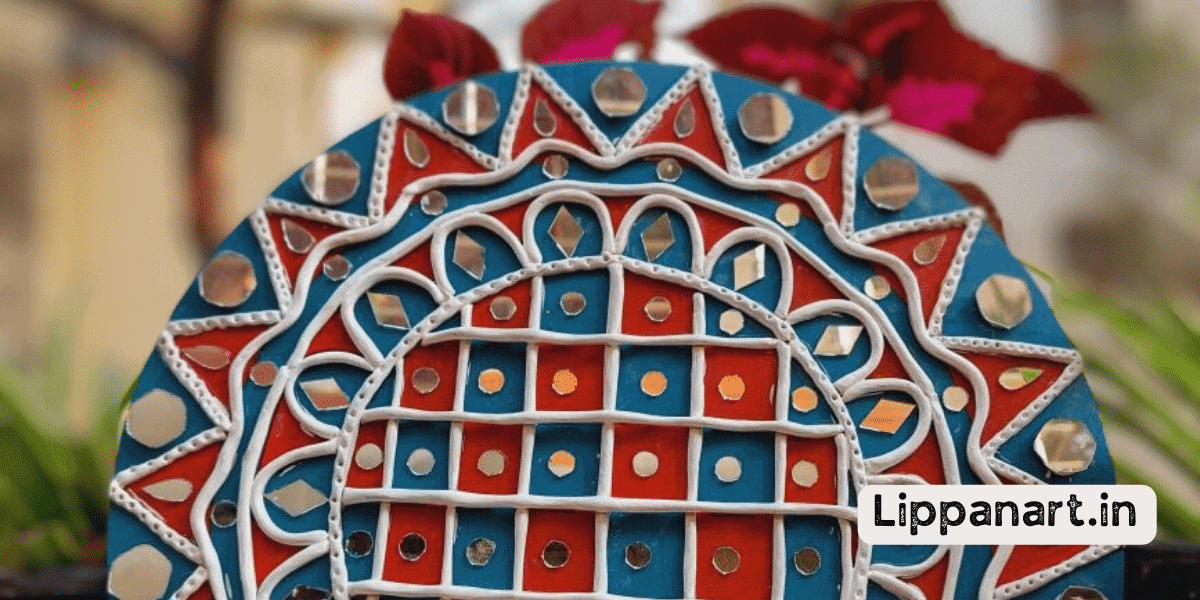From a finger painting in preschool to a Picasso masterpiece, abstract shapes have been a part of art for centuries. But what makes them so special?
In this article, we’ll explore the fascinating world of abstract shapes, how they’re used in art, and how they can be used to create innovative and thought-provoking art pieces.
Get ready to be inspired as we look at abstract shapes in art.
Key Takeaways
- Abstract shapes in art are forms without literal representation or recognizable objects.
- The components of abstract shapes include colour theory, shape theory, symmetry forms, organic shapes, and geometric shapes.
- Artists use abstract shapes to analyze and express emotions, explore texture in different mediums, create visually stimulating compositions, and add depth and movement to a piece of art.
- Using abstract shapes in art can add emotional impact and symbolism, allow for unique expression of emotions and complex concepts, create visually engaging and meaningful art pieces, and help artists explore their imagination and tell stories without specific symbols or images.
What Are Abstract Shapes
Abstract shapes are forms without any literal representation or recognizable objects. They’re used in art to create an aesthetic response without relying on the accuracy of physical objects. Colour theory, shape theory, symmetry forms, organic shapes, and geometric shapes are all components of abstract shapes. Using these components, artists can create intricate and unique designs that stimulate the imagination.
Organic shapes are abstract shapes that aren’t symmetrical and often resemble natural forms such as clouds, mountains, or rivers. Geometric shapes are abstract, symmetrical shapes, and they often resemble mathematical forms such as circles, squares, or triangles. Colour theory is the understanding of how colours interact, often used to create a sense of depth and movement. Shape theory is the understanding of the relationship between shapes and how they interact with each other. Symmetry forms are patterns created by the combination of organic and geometric shapes.
How Abstract Shapes Are Used in Art
You may be surprised to learn how abstract forms can be used in art. Artists use abstract shapes to analyze and express emotions, explore texture, combine colours, add depth, and create movement. This allows the artist to explore the boundaries of their medium and find new ways to represent their unique artistic vision.
Using abstract shapes in art can make a piece more dynamic and engaging. Artists can create unique compositions that evoke emotions by combining various shapes and forms. Abstract shapes can also be used to explore the texture of the medium, whether it be paint, fabric, or clay. Colours can be used to express the artist’s feelings or to create a visually stimulating composition.
Abstract shapes add depth and movement to a piece of art. By using various shapes and sizes, artists can create a sense of movement and depth, better capturing the viewer’s attention and creating a more immersive experience.
Finally, abstract shapes can be used to create a unique visual language. Artists can create a unique emotional experience by combining abstract shapes, colours, and textures.
Benefits of Using Abstract Shapes
Exploring abstract shapes in your work can offer numerous benefits, allowing you to create unique and emotionally engaging art pieces. By utilizing colourful symbolism, you can add an emotional impact to your visually stimulating and meaningful work.
Geometric influence can also add a creative symbolism that resonates with viewers. Abstract shapes can express emotions uniquely, adding depth and complexity to your work. Furthermore, they can also help you to convey complex concepts with a more creative approach.
- Editor’s Choice
- Best Seller
- Amazon Choice
Examples of Abstract Shapes in Art
Discovering how abstract shapes can be used in art can bring a unique and meaningful visual to your work. Incorporating abstract shapes into art is a way to make a statement without using representational objects. It can be a great way to express your imagination and tell a story without specific symbols or images. Here are some examples of how abstract shapes can be used in art:
- Colour Palettes: Using different colours in an abstract shape can evoke a mood or feel for the viewer.
- Visual Symbolism: Using a mix of abstract shapes and representational symbols in a work can be a powerful way to convey a message.
- Non-Representational: Abstract shapes can be used to create a piece of art that doesn’t rely on objects to tell a story.
- Texture Play: Incorporating different textures and surfaces can create a unique texture play in an abstract shape.
- Imagination: Abstract shapes can be used to express your imagination and create something truly unique.
Different Types of Abstract Shapes
Experience the different types of abstract shapes to bring a unique and meaningful visual to your art.
From geometric forms to conceptual art and surrealism techniques, abstract shapes can bring a creative and innovative edge to your work.
Geometric forms are the most commonly used abstract shapes in modern art, often used to represent a concept or idea without using representational elements.
Conceptual art and surrealism techniques use abstract shapes to create abstract symbolism, often communicating an idea without words. These shapes bring a mysterious atmosphere to an artwork, allowing the viewer to make their interpretation.
Abstract shapes can also create tension in a painting, giving the artwork a dynamic and captivating energy. Using abstract shapes combined with figurative elements, an artist can create a unique and meaningful visual that engages the viewer and evokes emotion.
Creating Abstract Shapes for Artwork
Unleash your creativity and add a unique visual to your artwork by creating abstract shapes. Abstract shapes create a dynamic visual in artwork, allowing for exploring various elements.
Here are some ideas for creating abstract shapes for artwork:
- Exploring colour – Experiment with different hues, tints, and shades to create interesting abstract shapes.
- Shaping space – Create various shapes in your artwork to create a sense of balance and contrast.
- Textural composition – Consider the textures of your abstract shapes to add depth and contrast.
- Symbolic meaning – Use symbols to add meaning to your artwork and the abstract shapes you create.
- Geometric progression – Utilize geometric shapes and patterns to create a visually stimulating effect.
Creating abstract shapes for artwork is an excellent way to add a unique visual to your artwork. Express your creativity and add visual interest with varying colours, textures, and shapes in your artwork. By exploring these elements, you can create stunning artwork with abstract shapes that viewers will appreciate.
Effect of Abstract Shapes on Viewers
Viewing abstract shapes in artwork can elicit a range of emotions and reactions from viewers. Depending on the context, abstract shapes can have a powerful visual impact that stirs feelings of creativity and nostalgia. Colourful abstract shapes can evoke a strong sense of emotion, while more traditional representations can bring about a sense of familiarity. No matter the style, abstract shapes can represent a unique and creative use of artistic expression.
Using abstract shapes in artwork can create a powerful and captivating visual impact. Bright, bold shapes can draw the eye and create an energy that’s hard to ignore. Viewers may be overwhelmed by the intensity of the colours and the movement of the shapes, all while being inspired by the creative use of artistic expression.
On the other hand, more traditional abstract shapes can have a calming effect on viewers. While the shapes may not be as intense and colourful, they may remind viewers of the past. These shapes may bring a sense of nostalgia, allowing viewers to focus on the feelings of the artwork more than the shapes themselves.
No matter the style, abstract shapes in artwork can create a powerful visual impact. Colour and shape can create emotion and nostalgia while pushing viewers to think outside the box and explore their creative use of artistic expression. Abstract shapes can be used to represent a variety of feelings, making them a valuable tool in the world of art.
- Editor’s Choice
- Best Seller
- Amazon Choice
Tips for Working With Abstract Shapes
Working with abstract shapes can open up a whole new realm of creative possibilities, allowing you to express yourself uniquely and captivatingly. To ensure your abstract shapes are eye-catching and impactful, follow these tips:
- Connecting colours: By using colours that complement each other, you can draw viewers’ attention to the abstract shapes.
- Varying sizes: Mix up the sizes of your abstract shapes to create visual depth.
- Visual balance: Experiment with different arrangements of your abstract shapes to create an aesthetically pleasing balance.
- Combining shapes: Incorporate different shapes to add interest and complexity to your artwork.
- Colour symbolism: Utilize colour symbolism to imbue your abstract shapes with emotional significance.
Conclusion
Abstract shapes in art can create stunning visuals that draw viewers in and leave a lasting impression. From simple geometric shapes to more complex abstract forms, these shapes can be used to create powerful compositions.
It is interesting to explore the many ways artists can use abstract shapes, but it’s also interesting to consider the impact of abstract shapes on viewers. Studies show that abstract shapes can increase viewers’ engagement with art by up to 43%.














